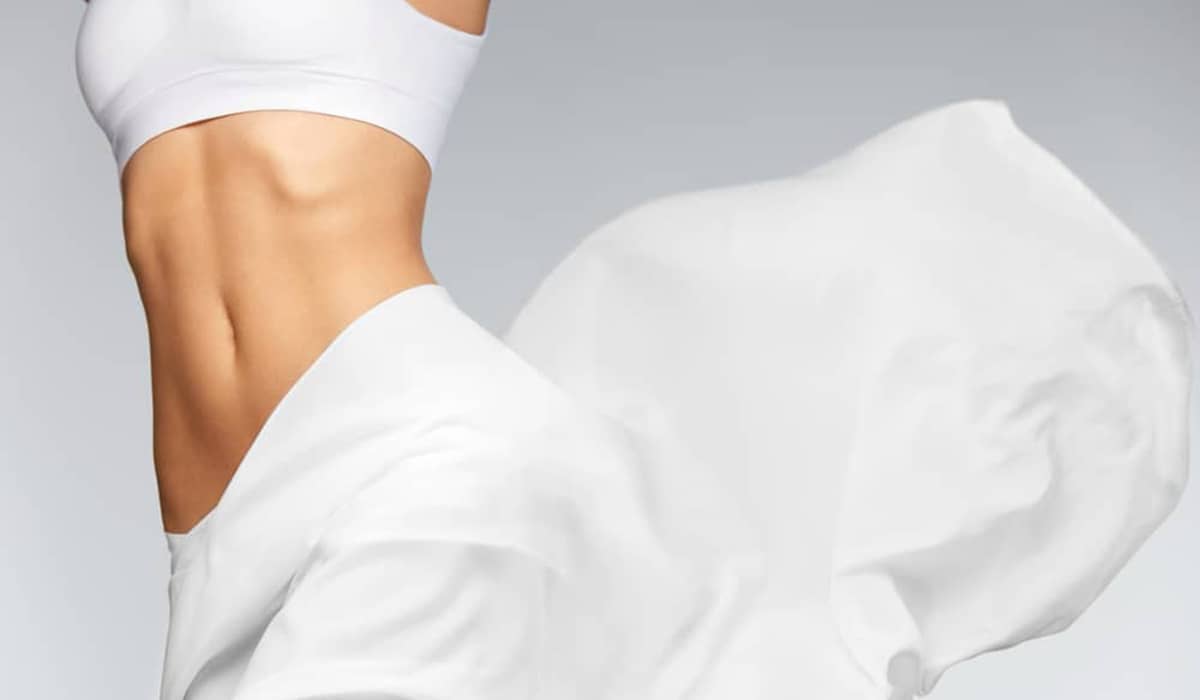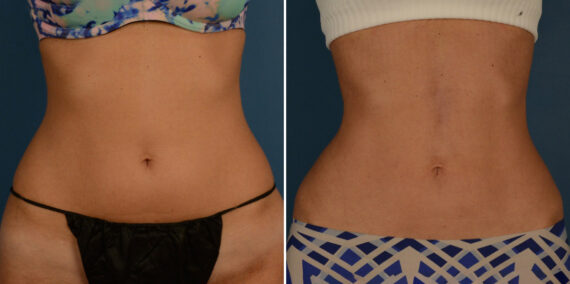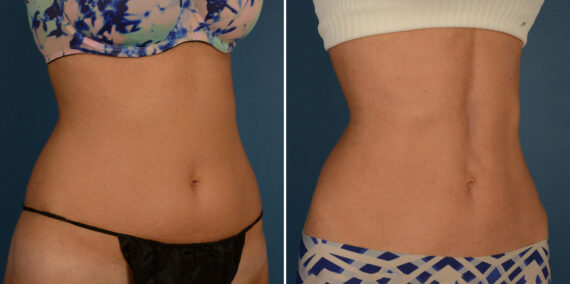Are you wondering how to maximize your results after undergoing liposuction? While liposuction can remove stubborn fat deposits and contour your body, your journey doesn’t end after the procedure. In fact, what you do during recovery plays a crucial role in maintaining and enhancing your new shape.
From lifestyle choices to recovery strategies, every step you take can either support or hinder your outcome. If you’ve committed to liposuction, it’s worth going the extra mile to ensure your results are long-lasting and truly transformative. Let’s dive into everything you need to know.

What Happens After Liposuction?
Immediately after liposuction, your body enters healing mode. You may experience swelling, bruising, and fluid drainage in the treated areas. As your body adjusts, it’s essential to manage inflammation and support proper lymphatic drainage to avoid irregularities or prolonged swelling. This is why post-op care is so important—your habits during recovery can significantly impact your results, both short- and long-term. Paying close attention to your body and following your surgeon’s guidelines ensures a smoother recovery and the best possible outcome.
What Not to Do After Liposuction
To promote a smooth recovery and maintain your newly contoured figure, it’s important to know which habits and activities can interfere with healing. The early days and weeks post-surgery are crucial for achieving your desired results, so avoiding certain behaviors can make all the difference. Here’s what to steer clear of after liposuction:
Strenuous Exercise
High-intensity workouts or heavy lifting too soon after any type of plastic surgery can increase swelling, delay healing, and even lead to complications like bleeding or fluid buildup. Give your body the rest it needs by waiting until your surgeon clears you for physical activity.
Consuming Alcohol
Alcohol can thin your blood and interfere with medications prescribed during your recovery. It also dehydrates the body, which can slow down healing and increase the risk of swelling and bruising.
Smoking
Smoking reduces oxygen flow to your tissues, which is essential for healing. It can also significantly increase your risk of infection, poor scarring, and delayed wound recovery. Avoid all forms of nicotine during your healing phase.
Sunbathing
Direct sun exposure can cause hyperpigmentation and worsen the appearance of scars in healing skin. Avoid tanning beds and prolonged sun exposure until your surgeon gives the all-clear, and always use SPF afterward.
Sodium and Sugar Intake
High-sodium and high-sugar diets can cause fluid retention and inflammation, prolonging swelling and hindering the body’s natural recovery process. Stick to a balanced, anti-inflammatory diet to support healing.
Soaking in the Bathtub
While a bath might sound soothing, soaking too soon can introduce bacteria into your healing incisions and increase the risk of infection. Stick to showers and follow your surgeon’s guidelines for when baths are safe.
What to Do After Liposuction
While avoiding certain habits is critical after liposuction, it’s equally important to adopt the right post-operative care practices. The results of liposuction depend heavily on maintaining a healthy weight after the procedure, but there’s more than that. These habits can help reduce swelling, improve healing, and preserve the sculpted results you’ve worked for. Here are key actions to take during your recovery that will promote long-term success:
Get Plenty of Rest
Your body needs downtime to heal properly, and rest is one of the most powerful tools for recovery. Prioritize sleep and avoid overexerting yourself in the first few days after surgery. Allow your body the opportunity to regenerate, reduce inflammation, and regain energy to speed up the healing process.
Wear Compression Garments
Compression garments are essential for minimizing swelling and helping your body adapt to its new contours. They also improve blood circulation and provide support where fat was removed. Wearing them as directed can significantly improve your final results and help reduce the risk of fluid buildup or uneven healing.
Drink Plenty of Water
Hydration plays a crucial role in flushing toxins, reducing swelling, and supporting tissue repair. Aim to drink plenty of water throughout the day to keep your body functioning optimally. Staying hydrated also aids in digestion, helping your body absorb the nutrients it needs to heal more effectively.
Eat a Healthy Diet
What you eat after liposuction has a big impact on your recovery and long-term results. Choose nutrient-dense foods like lean proteins, leafy greens, whole grains, and healthy fats to support tissue healing and minimize inflammation. Avoid overly processed foods and stick to a clean, balanced diet to maintain your new shape.
Gradually Increase Activity
While rest is essential, light exercise such as walking should be introduced early in your recovery to encourage blood flow and reduce the risk of blood clots. Gradually increase your movement each day, following your surgeon’s guidance, to keep your body active without compromising the healing process.
Manage Your Stress Levels
Stress can slow your healing and even impact your immune response. Incorporate relaxing activities such as deep breathing, meditation, or listening to calming music to support a smoother recovery. Mental well-being plays a vital role in your body’s ability to heal and achieve optimal results.
Follow Your Surgeon’s Instructions
Your plastic surgeon provides post-operative instructions tailored to your specific case—don’t skip or modify them. These guidelines are designed to minimize risks, promote healing, and protect your results. From medication schedules to activity limits, following directions carefully can make all the difference in how quickly and effectively you recover.
Are You Ready For A Consultation?
You are about to take the first steps towards improving your appearance and enhancing your self-image by learning about contemporary plastic surgery.
Other Liposuction Recovery Tips
Beyond the dos and don’ts of liposuction recovery, there are practical tips that can enhance your comfort and accelerate healing. From finding the best sleeping position to addressing post-op swelling and skin changes, these insights will help you navigate the finer details of recovery with ease:
How to Sleep After Liposuction Surgery
Sleeping in the correct position can make a big difference in your comfort and recovery after liposuction. Sleep on your back with pillows to elevate your upper body and legs, which helps reduce swelling and pressure on treated areas. Avoid sleeping on your stomach or sides until your surgeon advises it’s safe to do so.
How to Reduce Swelling After Liposuction
Swelling is a natural part of healing, but certain steps can help minimize it. Wear your compression garment consistently, stay hydrated, avoid salty foods, and engage in gentle movement like walking. These practices support your lymphatic system and help your body flush out fluids more efficiently.
How to Massage Lumps After Liposuction
Post-lipo lumps are common as the body heals, and gentle massage can help break them down. Your surgeon may recommend lymphatic drainage massage or light circular motions over the area. Always follow professional guidance to avoid applying pressure too early or in the wrong way.
What to Wear After Liposuction
Choose loose, breathable clothing that won’t irritate your healing skin. Your compression garment should be worn as instructed, but beyond that, comfort is key. Avoid tight waistbands or synthetic fabrics that trap heat and moisture, as these can cause skin irritation or interfere with healing.
Liposuction Recovery Complications to Avoid
Even with proper care, it’s important to be aware of possible complications that can arise during your recovery from liposuction. Recognizing the early signs of issues can help you take quick action and consult your surgeon before problems escalate. Below are some of the most common complications and risks to keep an eye on:
- Infection – Redness, warmth, or pus around the incision sites could indicate infection and should be evaluated promptly.
- Seroma – A buildup of fluid under the skin may form a soft lump and require drainage by your surgeon.
- Excessive Swelling or Bruising – Some swelling is normal, but extreme or worsening symptoms may signal a complication.
- Blood Clots – Pain, redness, or swelling in the legs may be signs of deep vein thrombosis, a serious condition that needs immediate care.
- Contour Irregularities – Lumps, dents, or uneven results may occur if healing is disrupted or if compression garments aren’t used properly.
- Numbness or Nerve Sensitivity – Tingling or prolonged numbness in treated areas may occur and should be monitored over time.
- Skin Discoloration – Prolonged bruising or changes in skin tone can happen, especially if post-op care is inconsistent.
- Poor Wound Healing – Open wounds, delayed closure, or unusual drainage should always be brought to your surgeon’s attention.
Liposuction Before & After Photos


* Each patient is unique and individual results may vary.
How to Get Rid of Loose Skin After Liposuction
Some patients may notice loose or sagging skin after their liposuction procedure, especially if the treated area had significant volume or the skin’s elasticity was already compromised. While the body can naturally tighten to some degree over time, not all loose skin will retract fully—especially in older patients or those with multiple treatment areas.
Non-surgical skin tightening treatments like radiofrequency or ultrasound therapy can offer subtle improvements, particularly for mild to moderate cases. However, when excess skin is more pronounced, the most effective way to achieve a smoother, tighter look is through surgical solutions. Cosmetic surgery procedures such as abdominoplasty (tummy tuck), brachioplasty (arm lift), or thighplasty (thigh lift) are tailored to remove and tighten excess skin, restoring natural body contours in ways non-invasive treatments simply can’t. If you’re considering these next steps, consult a board-certified plastic surgeon to determine the right approach for your body.
Choosing a Body Specialist for My Liposuction Procedure
Liposuction is a powerful sculpting tool, but achieving optimal results requires more than just surgical skill—it demands a surgeon who understands the nuances of the body and guides you through recovery with precision. Choosing an experienced plastic surgeon ensures that your safety, aesthetics, and long-term satisfaction remain top priorities throughout your journey.
Dr. Casey Holmes at the Aesthetic Surgery Center is a Board Certified Plastic and Reconstructive Surgeon with advanced fellowship training in aesthetic and reconstructive surgery of the body. His expertise in body contouring and personalized approach to each procedure make him an exceptional choice for liposuction patients. Call us at 239-594-9100 or visit our contact page to schedule a liposuction consultation appointment.